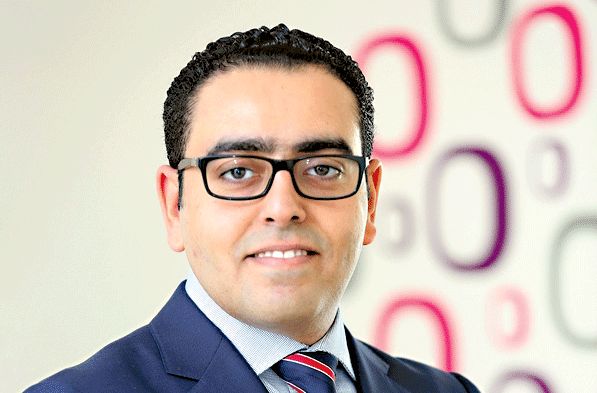
Over the past few years the enterprise IT landscape has changed beyond recognition. The rise of the internet of things (IoT) has led to an increasing number of different devices connecting to an organisation’s IT infrastructure, in addition to the wide variety of applications being used simultaneously for both business and personal purposes.
We are seeing an increase in e-services and smart city projects planned in the Middle East that are supported by government initiatives. Connectivity is at the heart of smart city projects and mobile devices can play an important role. The devices facilitate the adoption of e-services in various domains, including energy, finance and public administration to increase efficiencies, enhance the quality of life and help meet sustainability objectives.
However, according to a recent report by Gartner, by 2020, the rise of the IoT will mean that enterprise IT departments will no longer have control over the network itself. IT spending in the Middle East region is expected to increase 23 per cent to $251.55 billion (Dh923.98 billion), compared to $204.04 billion in 2014. As per Gartner, devices will record the highest growth, at 68 per cent to reach $52.38 billion, compared to $31.15 billion in 2014.
Gartner estimates that 1.1 billion connected objects will be used by smart cities this year, rising to 9.7 billion by 2020. Smart City projects are at the forefront of innovation-driven development. High-profile projects focus on cities such as Dubai and Doha, which are both aiming to become smarter.
Embracing IoT in the enterprise
To embrace the benefits of IoT, you no longer need to be a technical expert or an engineer to get a complete view of the devices in your IT environment. End users need access to information that is pertinent and relevant to do their jobs, and this is a strategy where IT analytics solutions bring value. To understand everything end users are experiencing, IT analytics solutions can keep pace with the volume, variety and velocity of all end user activity.
By providing a clear view of the entire IT infrastructure – particularly from an employee (end user) perspective — IT Operations Analytics, or ITOA, can offer the key to identifying issues as they occur, and often before an end user is even aware of them. There’s a widely quoted statistic that 80 per cent of security breaches involve end-user devices. With the number of end user interactions that is set to increase as IoT is more widely adopted, there’s a clear need for real-time visibility of these devices and the enterprise IT infrastructure.
Secure measures
IT security will be a major concern for organisations that embrace IoT. Before organisations begin to collect data from mobile devices, they need to take several steps to safeguard their systems. Steps to do so include setting up authentication controls to verify the identities of individuals sending data from wearable devices, assessing how data will be secured during transmission, deciding whether it should be encrypted, and continually updating devices as new vulnerabilities are discovered.
If an organisation is willing to invest in ITOA solutions, having full visibility of its IT environment will ensure a much safer and significantly more secure experience with the internet of things.
Of all the emerging technology trends, the biggest one is IoT — and it will provide the largest number of opportunities and facilitate ever smarter business decisions over the coming years.
— The writer is Regional Director at Nexthink











